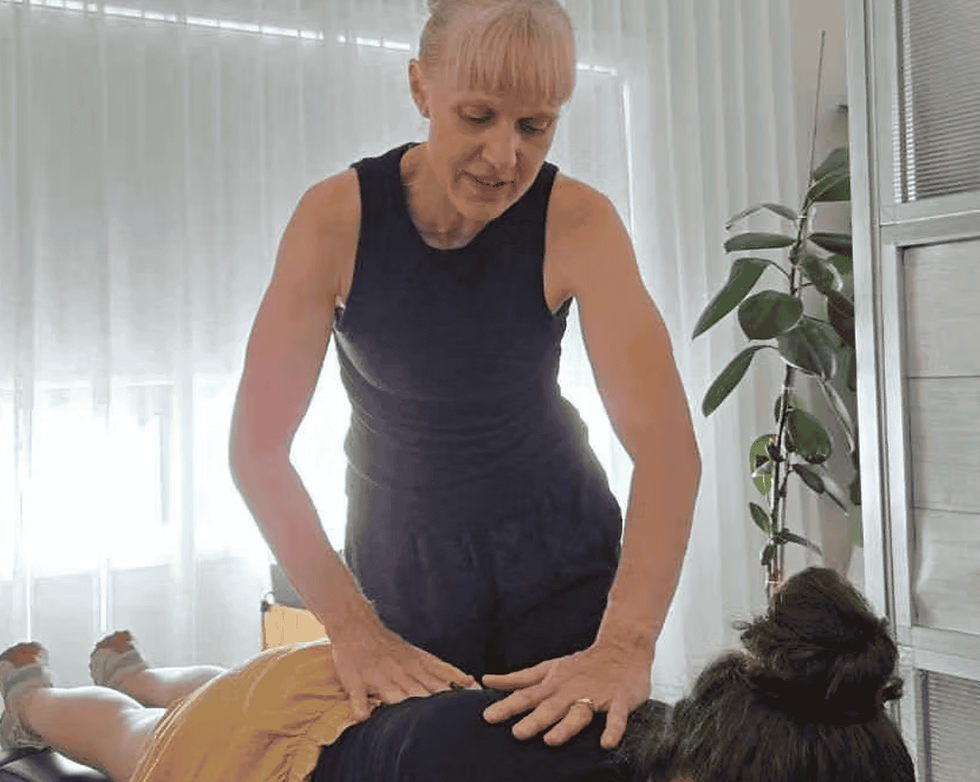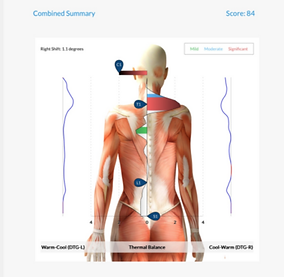.png)
HIP & PELVIC
PAIN
OUR SERVICES
HIP & PELVIC PAIN RELIEF IN ALBURY

At House of Chiropractic in Albury, we regularly see people with hip pain that’s affecting their movement, posture, and daily comfort.
The hip is a complex joint — when it’s not functioning properly, the pain can be caused by several factors, from trauma to misalignment. Our goal is to find and correct the root cause, not just mask the symptoms.
The most obvious way any joint, especially the hip, can become injured is due to trauma. It can be direct blunt trauma like a tackle in Rugby or Aussie Rules, or less obvious is indirect or cumulative trauma, like jumping off a high tractor multiple times a month.
Have a think about what you have done or do regularly that may have impacted your hip. I think you may be surprised how much cumulative stress you have put your hips under.

.png)
.png)